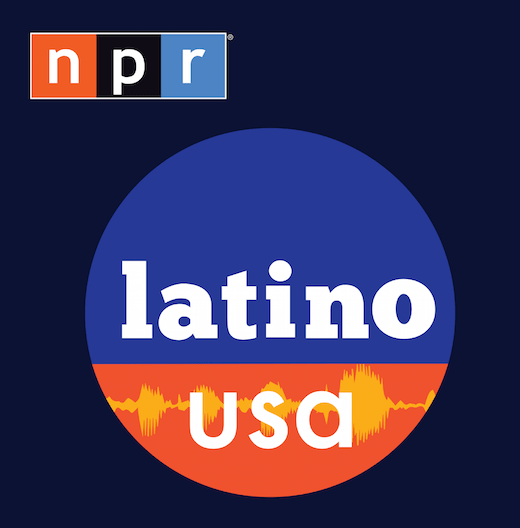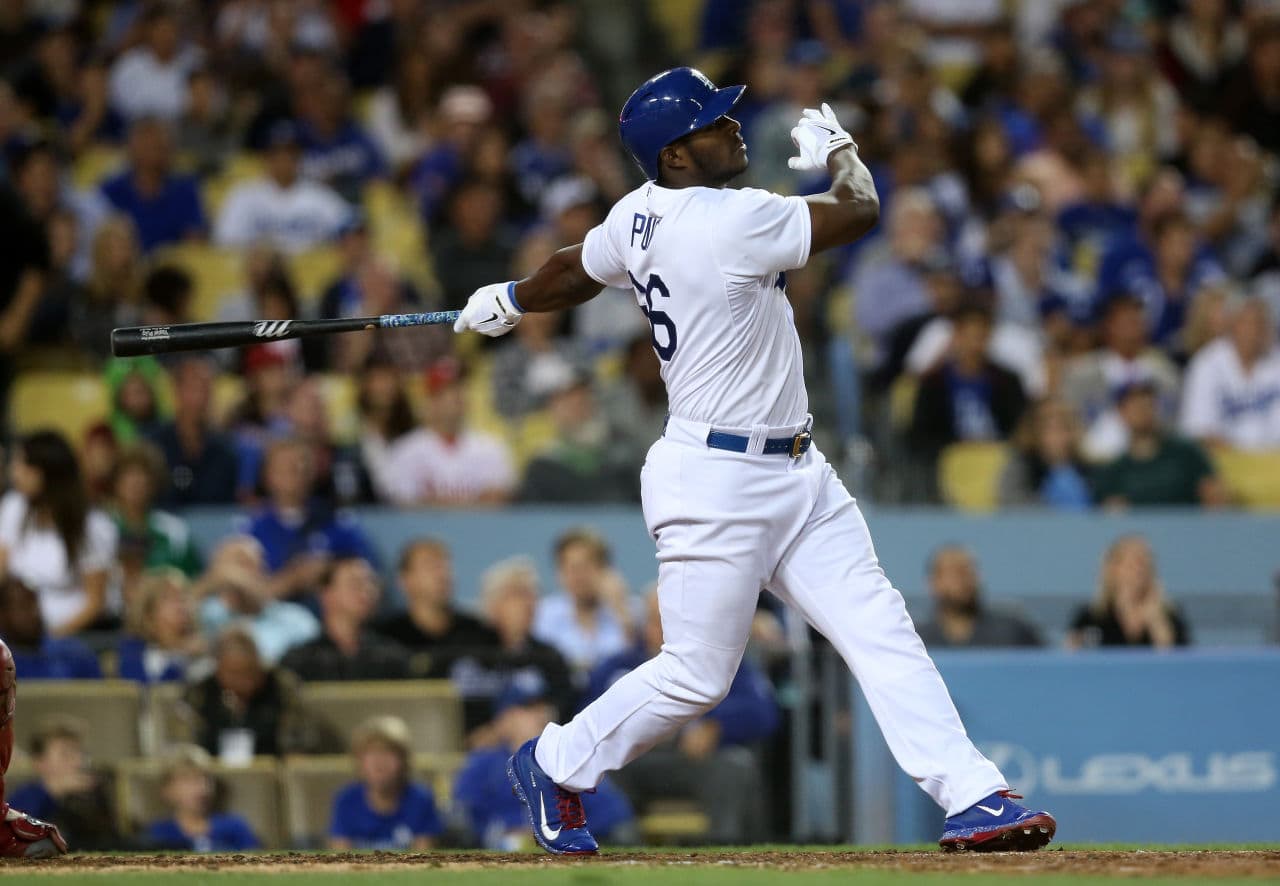Advertisement
Latino Players Blurred MLB's Color Line Before Robinson's Debut
ResumeThis weekend our colleagues at the NPR show Latino USA have a special episode all about baseball and the past, present and future of the Latin American influence on the sport. We’re pleased to bring you a segment from that program here on Only A Game. Latino USA producers Michael Simon Johnson and Daisy Rosario share the history of how Latin American players blurred the color line for decades while Major League Baseball was still segregated.
For this story, Johnson and Rosario traveled to the National Baseball Hall of Fame and Museum in Cooperstown, N.Y.
At the Hall of Fame we met John Odell, the curator of history and research, who also lives and breathes baseball. He showed us a new exhibit called "Viva Baseball," which chronicles the history of the game throughout Latin America.
Baseball’s popularity in Latin America begins with Cuba.
 "Because Cubans have been trading and being businessmen for eons, the Cubans ended up taking baseball with them throughout the Caribbean wherever they went in the 1880s and '90s and spreading baseball," Odell said.
"Because Cubans have been trading and being businessmen for eons, the Cubans ended up taking baseball with them throughout the Caribbean wherever they went in the 1880s and '90s and spreading baseball," Odell said.The sport then grew to the Dominican Republic, Puerto Rico, Venezuela, Mexico, Panama.
But now we get to the ugly history of Latino players coming to the U.S. While Cuba brought the sport to parts of Latin America, the United States was going through the process of taking this leisurely activity and turning it into a business.
But like much of American life at the time, the game was segregated. We’re talking about baseball’s infamous "color line," the invisible line that divided the white major leagues from the Negro Leagues. Separate — unequal in resources — but equal in talent.
Owners thought that white audiences would never accept a black player, so, no matter talented he might be, black players weren’t allowed on white teams.
"Baseball’s color line would operate from 1889 to 1946 and during that period we would see greater interactions between Caribbean baseball, Latin American baseball and U.S. professional baseball," said Adrian Burgos, Jr., a professor at the University of Illinois, historian and the author of "Cuban Star."
And before Jackie Robinson famously broke the color barrier, a small number of Latinos were bending it.
"Latinos who made it into the major leagues are not welcomed as fellow whites. They are welcomed as not black."
Adrian Burgos, Jr. on baseball's color-line era
Just like today, Latinos 100 years ago came in every shade, so this process of being split up was a very strange experience for the Latin American players.
"Professional baseball in Latin America was always integrated," Burgos said. "They did not have a color line. And so you had the dimension where Latinos who were teammates on the Cuban league or in the Dominican league, in the Mexican league, played in different leagues when they came to the United States."
Many Latin American players were coming to the U.S., and the vast majority were Afro-Latinos, so they played in the Negro Leagues.
"About 10 to 15 percent of the Negro Leagues were Latino players who actually were willing to venture out of the Latin American circuits," Burgos said.
And the African-American players who weren’t allowed in the majors would often go to foreign leagues in the off-season, to Mexico or Cuba, and play in integrated leagues with players of all different colors — something they couldn’t do in the U.S. It was a lot like what we’ve heard about black American jazz musicians going to Paris. They’d go to this other place and be embraced in a way they weren’t in their own country.
"They were presented to the public as, 'He’s not black; he’s Cuban.' 'He’s not black; he’s Puerto Rican,'" Burgos said. "Latinos who made it into the major leagues are not welcomed as fellow whites. They are welcomed as not black."
Early on, both players and managers recognized how flexible the color line was when it came to Latinos, and they tried their best to take advantage of it. Take the New York Cuban Giants, a team made up entirely of African-Americans who, legend has it, would speak gibberish to each other on the field in the hopes of convincing crowds that they weren’t black but rather Cuban.
Then there's the story of the manager who plotted to send black players down to Cuba, have them learn Spanish and bring them back to try pass them off as authentically Latino.

These stories are a big part of the "Viva Baseball" exhibit at the Hall of Fame, and curator John Odell told us another story. This one is about two talented Cuban pitchers, Rafael Almeida and Armando Marsans, who were being eyed by the Cincinnati Reds in 1910. The question, of course, was: "Are these guys dark Latin players or are they white Latin players?"
So, the Cincinnati Reds sent a scout down to Cuba, and Odell read us the document the scout sent.
"He said, 'I know personally both parents of our great ballplayers, Marsans and Almeida, and guarantee that none of them have other but pure Caucasian blood in their veins. Their claims to members of the white race is as good as yours and mine,' signed Victor Muños."
But this, argues Adrian Burgos, is where it all comes back to money. Those two players whose “Caucasian blood” was verified — Marsans and Almeida — after a few seasons with Cincinnati, they started asking for higher pay.
"One of the team officials of the Cincinnati Reds, while this contract holdout is taking place, informs the press that, 'We did not hire a pair of brown-skinned islanders to pay them Honus Wagner-money,'" Burgos said.
Translation: white money. Honus Wagner was a major league superstar in his day.
"The essence of that statement was they want that talent," Burgos said. "But they don't want necessarily to pay the equivalent of what the white American players were receiving."
This segment aired on July 11, 2015.